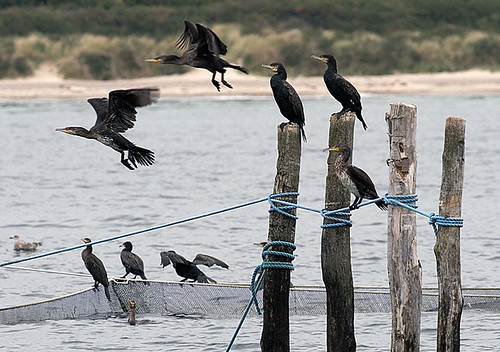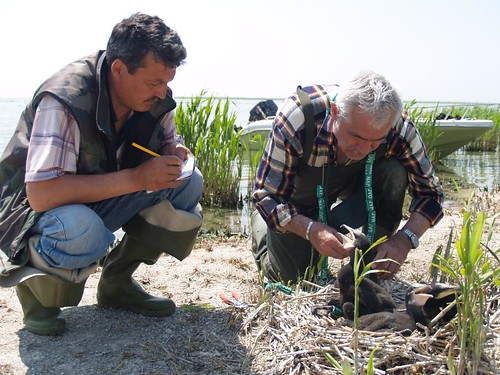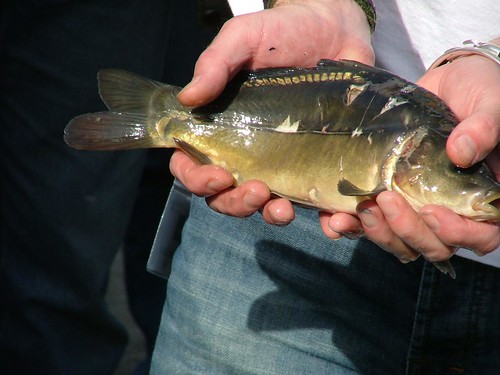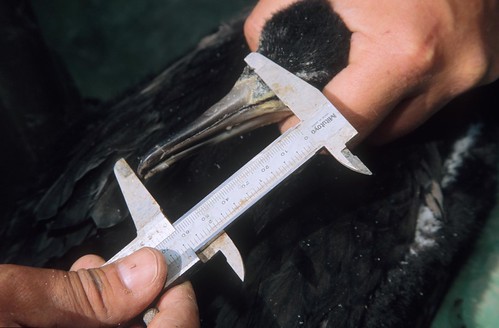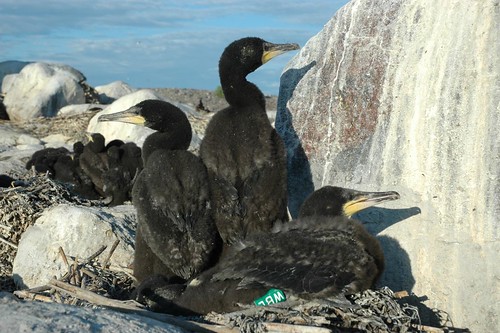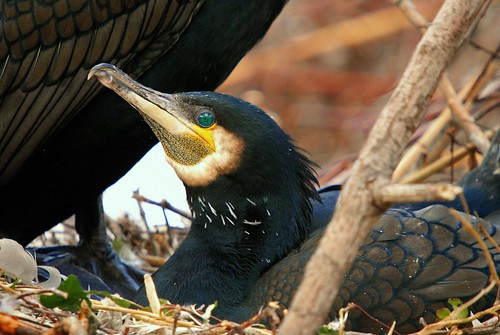Top 10 most viewed news stories
10. Distinctly autumnal feel to May as below average temperatures persist
The cold spring was still hanging around, but a warm summer wasn't too far away.
9. Ecologists get first bumblebees' eye view of the landscape
Scientists produced the most detailed picture yet of how bumblebees use the landscape, thanks to DNA technology and remote sensing.
8. Introducing the Hydrological Outlook
CEH and a number of partners had been working for a while on developing a long-range hydrological forecast for the UK.
7. Cocktail of multiple pressures combine to threaten the world's pollinating insects
Not one cause, but a combination of pressures including pesticides, disease and loss of food resources are threatening insect pollinators such as bumblebees and honeybees.
6. Are tropical forests resilient to global warming?
Tropical forests are less likely to lose biomass in response to greenhouse gas emissions over the 21st century than may previously have been thought.
5. Britain's rarest freshwater fish, the Vendace, reappears in Bassenthwaite Lake
The vendace made an unexpected reappearance in Bassenthwaite Lake in north-west England, more than a decade after being declared 'locally extinct'.
4. Tropical rainforests, 'lungs of the planet', reveal true sensitivity to global warming
The amount of carbon dioxide absorbed or produced by tropical rainforests varies hugely with year-to-year variations in the climate, revealing their vulnerability to climate change.
3. Smarter use of nutrients can help protect human health and the environment
A new report highlighted how humans have massively altered the natural flows of nitrogen, phosphorus and other nutrients, and how better management can help protect the environment, climate and human health.
2. Puffin count on Isle of May NNR gives surprising result
Despite severe spring weather, the worst fears for puffins weren't realised: a census revealed that Atlantic puffin numbers on the Isle of May National Nature Reserve off Scotland's east coast were at similar levels to 2009.
1. Mobile phone app to help monitor UK's native ladybirds after foreign invasion
iRecord Ladybirds, a free mobile phone app, was launched to help the public record ladybird species, including the invasive Harlequin ladybirds. All interest in the app, and a fantastic number of records, have been gratefully received by our scientists!
Top 10 most viewed blog posts
10. INTECOL news round-up: pollinators, citizen science and land use
A number of CEH staff presented at the 11th INTECOL Congress in London, the world's largest international ecology meeting, and this post tried to highlight what they said.
9. Cleaner air for all - searching for solutions to air pollution at Green Week 2013
Air quality was the theme for this year's event in Brussels, and CEH expertise was on hand to lead and join in with some of the discussions.
8. We're going on a Bug Hunt!
Science can be fun too, as ecologists and pupils taking part in a hugely successful Bug Day at a school near Rugby can confirm.
7. Filming at CEH's met site in Wallingford
Wet weather at the end of 2012 and into 2013 meant a busy start to the year for the CEH Press Office, with several media requests to interview our hydrologists.
6. Building environmental links in Beijing
Environmental researchers in China and the UK have signed a memorandum of understanding to explore collaboration opportunities. Recovery of polluted environments, water management, food security and soil management were all discussed during a meeting in April.
5. Biodiversity offsetting - the science behind the policy
More information on how CEH provides independent and impartial scientific advice for the tricky topic of biodiversity offsetting.
4. Nitrogen narratives in Nairobi - confessions of a reluctant blogger
Professor Mark Sutton experiences life at the sharp end of the science-policy debate.
3. A revolution in ladybird recording
Ladybirds are charismatic insects and so it isn't surprising that people in Britain have been enthusiastically recording them for centuries.
2. Assessing the 2013 Atlantic Puffin wreck
Our two most viewed blog posts of the year are actually on the same topic, indicating the huge interest at the time, and some of the uncertainty, around a puffin wreck in Eastern Scotland and NE England.
1. Puffin wreck in Scotland
Multiple unusual deaths of puffins were noticed on the east coast of Scotland NE England in the last week of March. One of the world's foremost authorities on puffin, Professor Mike Harris, gave insights into the emerging story.
You can read more about CEH research and news over the past twelve months in our annual review of the year on the CEH News Centre. Just a final thanks to all our contributors and, of course, to our readers. More to come in 2014 but in the meantime, Happy Christmas and best wishes for the New Year!
Paulette Burns and Barnaby Smith




















